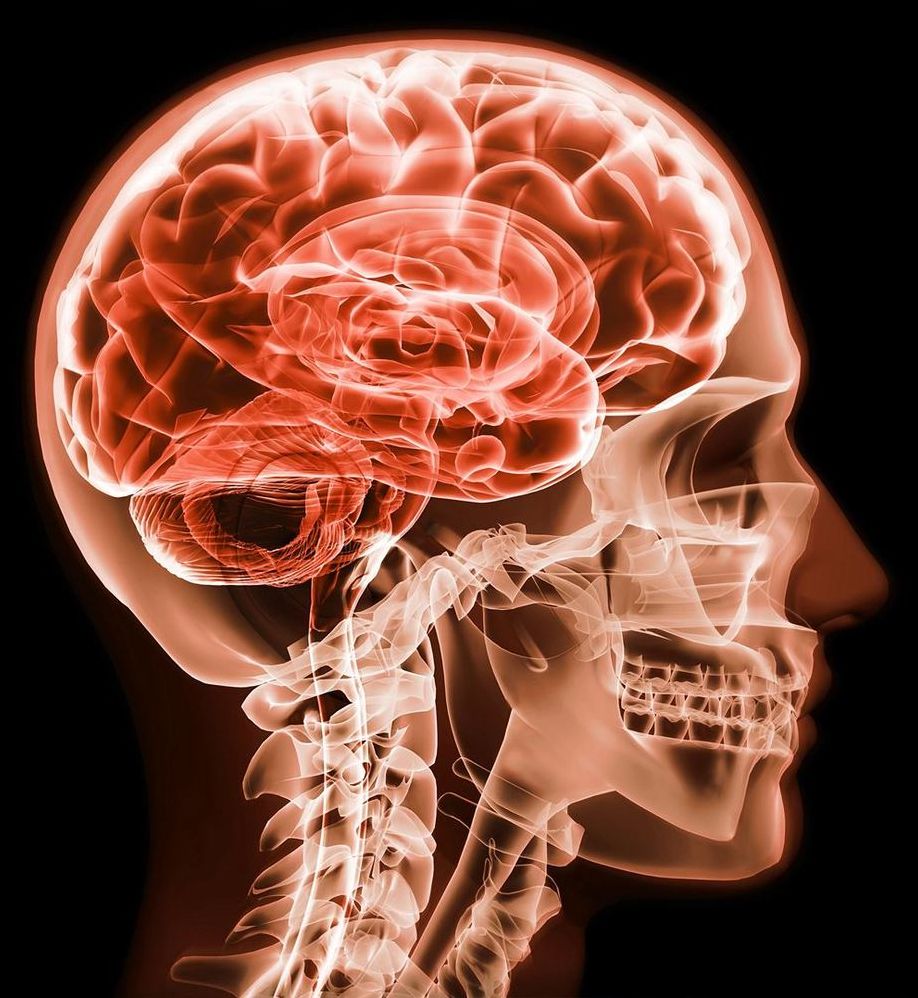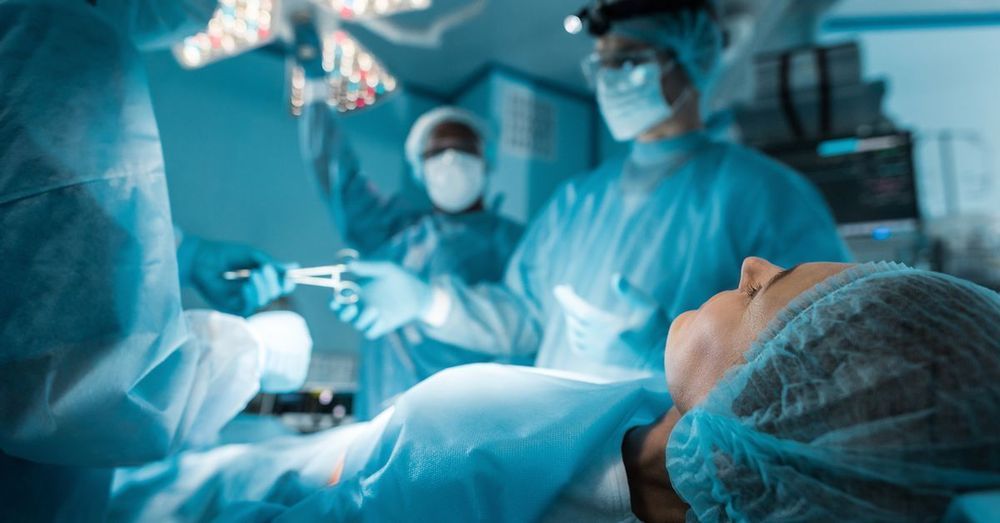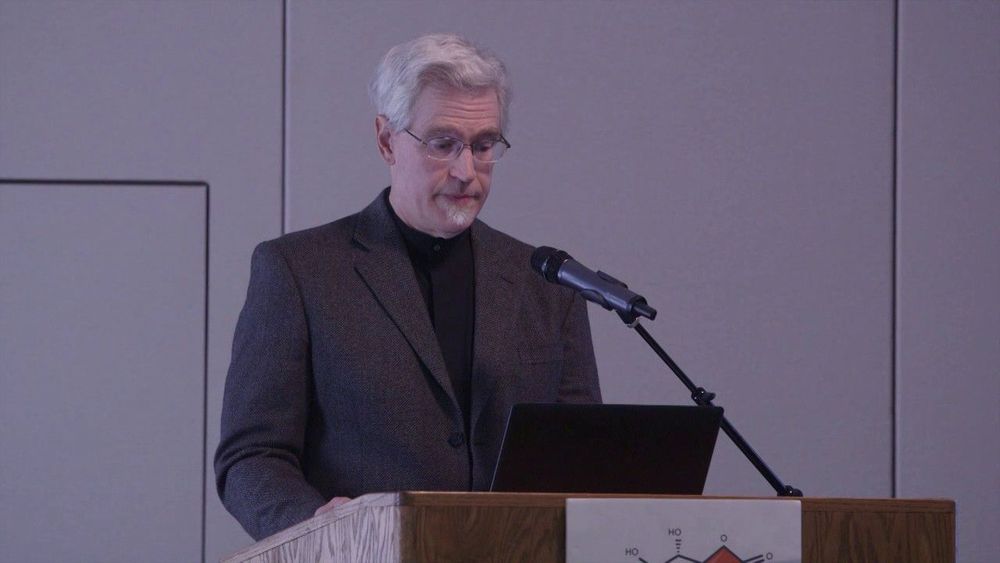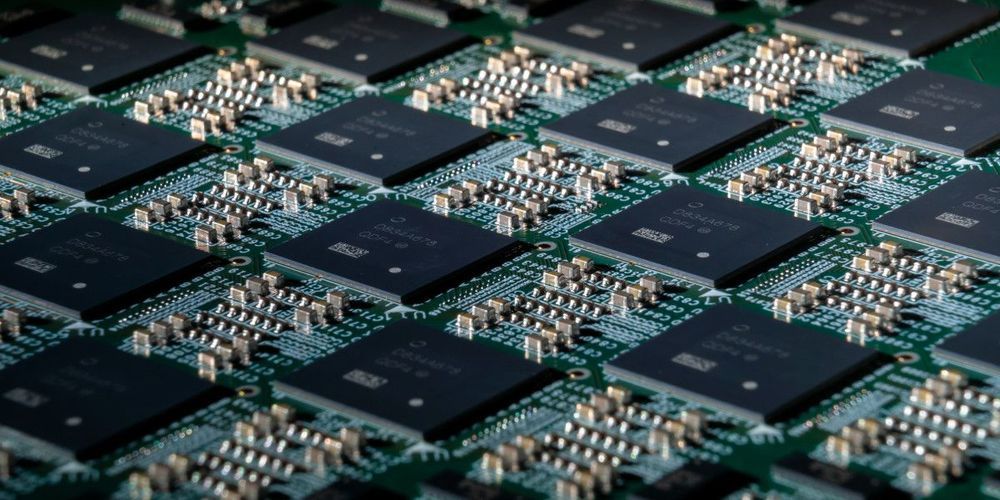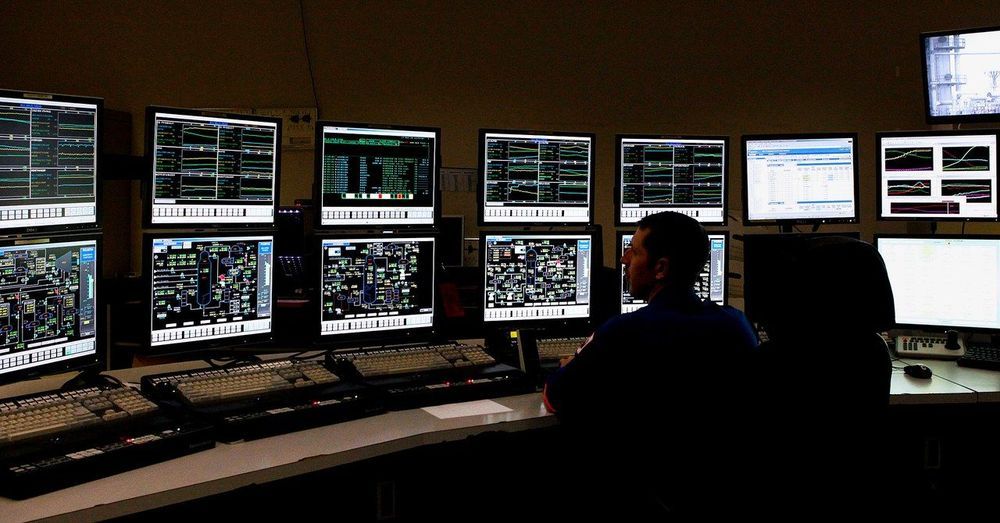We’re currently in dire need of new weapons against infectious bacteria, especially those in a tough-to-kill class known as gram-negative bacteria. Now, researchers at Northeastern University have discovered just that, hiding in the gut of a tiny, soil-dwelling, parasitic worm. Tests on mice have so far proved promising.
For decades we’ve had the upper hand over bacteria, clearing out many infections fairly easily with antibiotics. But extensive use has led to an arms race between us and bacteria. As they evolve resistance to our best drugs, we develop new ones and use those until the bugs become resistant to those too.
But this cycle is starting to break down, and not in our favor. Developing new drugs is time and cost-intensive process, and bacteria are evolving resistances faster than we can keep up. There are now “superbugs” that are resistant to all known drugs. The situation is getting so bad that a recent report warned that superbugs could kill up to 10 million people a year by 2050, casting us back into the “dark ages of medicine.”
Cornell researchers have made a new discovery about how seemingly minor aspects of the internal structure of bone can be strengthened to withstand repeated wear and tear, a finding that could help treat patients suffering from osteoporosis. It could also lead to the creation of more durable, lightweight materials for the aerospace industry.
The team’s paper, “Bone-Inspired Microarchitectures Achieve Enhanced Fatigue Life,” was published Nov. 18 in the Proceedings of the National Academy of Sciences. Co-authors include Cornell doctoral students Cameron Aubin and Marysol Luna; postdoctoral researcher Floor Lambers; Pablo Zavattieri and Adwait Trikanad at Purdue University; and Clare Rimnac at Case Western Reserve University.
For decades, scientists studying osteoporosis have used X-ray imaging to analyze the structure of bones and pinpoint strong and weak spots. Density is the main factor that is usually linked to bone strength, and in assessing that strength, most researchers look at how much load a bone can handle all at once.
The news could someday mean the difference between death and life for people who suffer dramatic blood loss because of a stab or gunshot wound.
A lecture given in Wichita in October 2016.
Presented courtesy of the Riordan Clinic https://riordanclinic.org/events-archive/ivc-chronic-illness-symposium/
New study shows how patterns in brain activity can be an early predictor of Alzheimer’s symptoms.
Paolo Sanvito would often freeze like a statue after entering a meeting room when he was working as a manager in a multinational company. Known as freezing of gait, it’s a disabling symptom of Parkinson’s disease, a degenerative brain disorder that he suffers from.
The answer, Markham says, may lie in a new breed of computing chips called neuromorphic processors that are designed to operate more like the human brain. Such chips may be able to function on just 1/100 or 1/1,000 of the electricity needed by today’s processors and be less reliant on sending data to cloud servers for analysis. Everyone from tech giants like Intel, IBM, and Qualcomm to startups like aiCTX and Brainchip are racing to develop this new kind of chip.
First major corporate partners come on board effort to create neuromorphic chips based on design of the human brain.
The recent shift away from IT networks raises the possibility that Iran’s APT33 is exploring physically disruptive cyberattacks on critical infrastructure.
